Posted in: 04/28/2023
The restoration of the Caatinga has been a fundamental process for the preservation of the only exclusively Brazilian biome , which contains more than 3,000 species of flora, 33% of which are unique to the Caatinga. Furthermore, 15% of its animals do not exist elsewhere in the world.
Since 1985, more than 6 million hectares of natural vegetation have been lost in the Caatinga, due to agriculture , logging, hunting, urban growth, among other factors that threaten the biome and accelerate the desertification process. Of the eight states in the Northeast that make up the Caatinga, Ceará was the most impacted, with pasture areas growing 320% in the 37 years analyzed by MapBiomas.
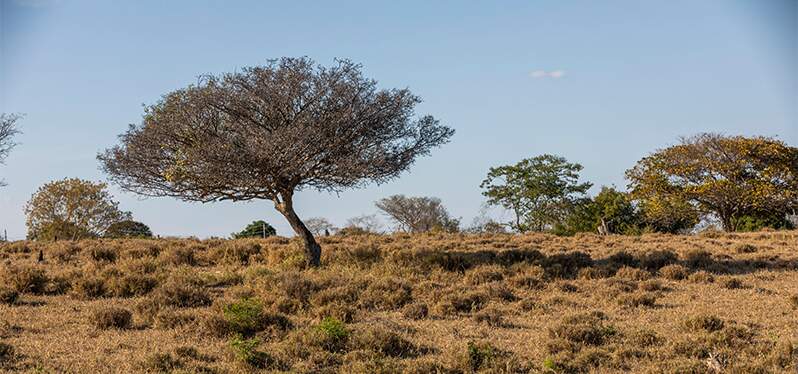
To assist in the restoration of the Caatinga, some projects, such as Lagos de São Francisco , developed by Embrapa Semiárido, Chesf, BNDES and municipal governments, have promoted actions to prevent desertification, based on reforestation and preservation of springs .
The project has planted specimens of Angico, Baraúna, Catingueira, Imburana de Cambão, Quixabeira, Umbunzeiro, among other seedlings, together with local producers, who select the cultivated species. In some regions, planting has the role of preserving the springs , by means of vegetation cords that act to contain sediments.
The study “ Restoration priorities for Caatinga dry forests: landscape resilience, connectivity and biodiversity value ”, developed by researchers from the Federal University of Rio Grande do Sul (UFRN), the Federal University of ABC (UFABC) and the University of São Paulo (USP), together with the World Resources Institute (WRI), mapped the priority areas for restoration of the Caatinga.
The mapping points to 86 micro-regions , out of more than 10,000 registered , as top priority for restoration, including Chapada Diamantina, in Bahia. There, more than 100 species are threatened with extinction.
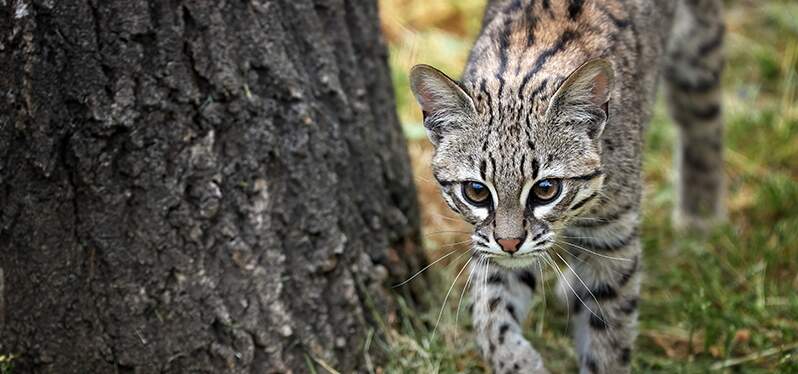
In addition, another 10% of the mapped micro-regions are of high priority, as they have more than 10 endangered species and are essential for the movement of Caatinga animals.
This movement is important so that the animals can adapt during the search for more suitable places for their existence and the connectivity between the biomes helps in this adaptation.
A mapping of the Conservation Units (UCs) of the Caatinga indicated that only 1.3% of the semi-arid biome is ensured by full protection UCs and even accounting for Environmental Protection Areas (APAs) , protection does not reach 10% of the entire area. Caatinga.
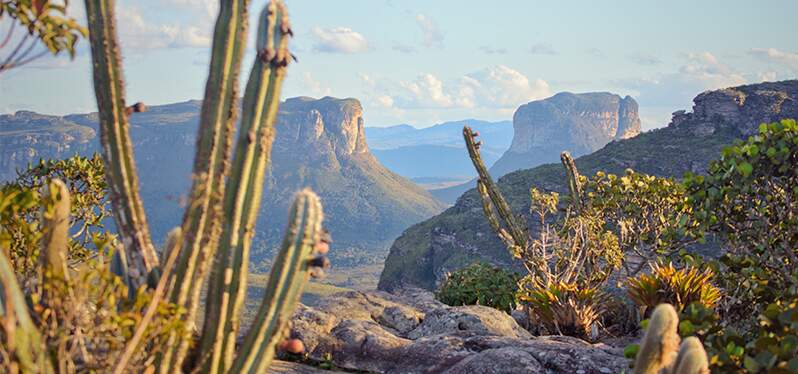
Researchers point out that the lack of information about the biome is one of the main factors for the poor protection of its territory, unlike biomes such as the Amazon, Atlantic Forest and Pantanal , which suffer from degradation, but have greater notoriety in the environmental scenario .
Acquiring knowledge is one of the many ways to enhance efforts to restore the Caatinga. In addition, the inclusion of local communities in restoration and conservation projects is essential, as people from the regions that comprise the biome can incorporate their knowledge and experiences into restoration actions.
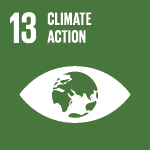
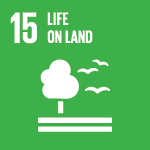
Sign up and receive our news.